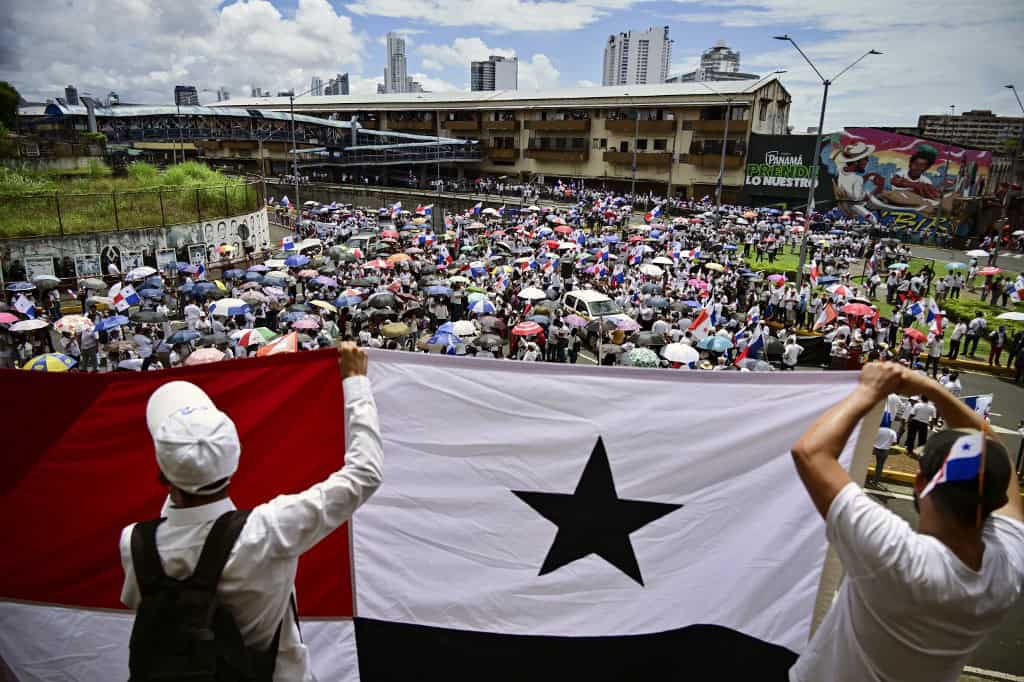An agreement signed by the United States and Panama a month ago does not allow for the installation of U.S. military bases in the Central American country, as claimed by some Panamanian sectors, said newly appointed U.S. Ambassador Kevin Cabrera on Thursday. A month ago, U.S. Secretary of Defense Pete Hegseth signed an agreement in Panama that authorizes the United States to use three Panamanian air and naval bases for “training,” “exercises,” and other activities for a renewable three-year period.
“Nowhere” in the agreement “does it mention opening military bases,” Cabrera said during a press conference at his residence. This agreement “will strengthen our cooperation against drug trafficking and help protect the canal,” he added. Several Panamanian organizations have called for protests against the pact, claiming it violates national sovereignty and allows the return of U.S. military bases to Panama.
The ambassador, appointed by Republican President Donald Trump, asserted that the agreement complies with the law and insisted much of what is being said about it “is false.” “It’s very sad that people are using this for political reasons,” he said. The agreement was signed amid pressure from Trump, who has threatened to reclaim the interoceanic canal—even by force—arguing that it is under Chinese control.
U.S. military presence is a sensitive issue in Panama, as it recalls the era when the U.S. maintained an enclave with military bases prior to handing over the canal to Panamanians on the last day of 1999. Panama’s President, José Raúl Mulino, also responded to the criticism on Thursday and ruled out canceling the pact with Washington.
“This agreement does not involve, as has been repeatedly clarified, any form—explicit or implicit—of a military base,” Mulino said in his weekly press conference. There is no ceding of territory here (…), they are lying,” he added. The 1977 bilateral treaties for the canal’s transfer prohibit the installation of foreign military bases in Panama.
However, provisions later approved by the U.S. Congress authorize Washington to intervene if it considers the waterway to be under threat.

